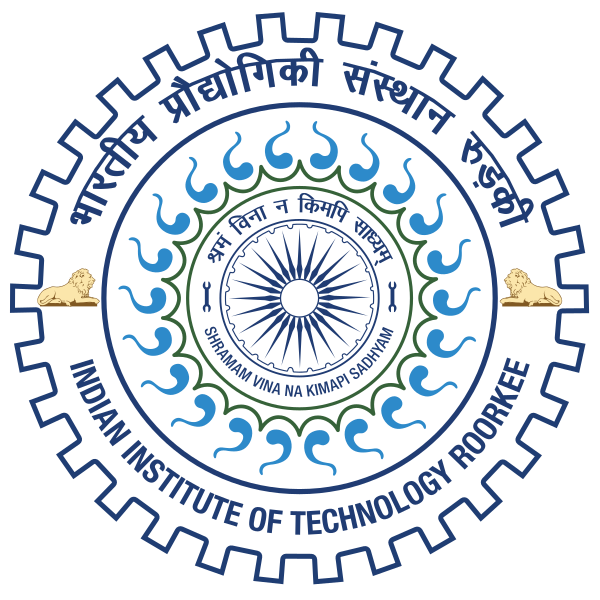Please use this identifier to cite or link to this item:
http://localhost:8081/jspui/handle/123456789/18405Full metadata record
| DC Field | Value | Language |
|---|---|---|
| dc.contributor.author | Vashistha, Meenakshi Mittal | - |
| dc.date.accessioned | 2025-11-13T10:21:23Z | - |
| dc.date.available | 2025-11-13T10:21:23Z | - |
| dc.date.issued | 2024-06 | - |
| dc.identifier.uri | http://localhost:8081/jspui/handle/123456789/18405 | - |
| dc.guide | Kumar, Arun | en_US |
| dc.description.abstract | The Ganga River, a crucial lifeline for millions in India, faces severe challenges due to urbanization, industrial pollution, and the construction of numerous dams and barrages. How the environmental flow (E-flow) releases can mitigate these impacts and preserve water quality over a critical 290 km stretch of the Ganga river has been studied. This area, from the confluence of the Alaknanda and Bhagirathi rivers at Devprayag to Bijnore, holds significant ecological and socio-cultural importance. The study aimed to establish baseline water quality, evaluate the impact of E-flows on key river water quality parameters such as (Dissolved Oxygen, Biochemical Oxygen Demand, Chemical Oxygen Demand, Total Dissolved Solids, temperature, and alkalinity), and simulate these impacts using the QUAL2K model. Utilizing a combination of field data collection, laboratory analysis, and advanced modeling techniques, water samples were collected seasonally from four key sites to reflect different environmental conditions and human activities. The results demonstrated that controlled E-flows significantly improve Dissolved Oxygen levels, reduce Biochemical Oxygen Demand and Chemical Oxygen Demand, maintain acceptable Total Dissolved Solids levels, regulate temperature, and support chemical stability. The findings emphasized the importance of E-flows in sustaining water quality and overall river health, advocating for integrated river basin management, policy enforcement, and adaptive management strategies. Gaps in terms of long-term monitoring and the need for comprehensive research on the ecological, economic, and environmental impacts of e-flow releases are identified. The regulatory and governing agencies may take proactive actions to assess the water quality under different scenarios of treated/partly treated/untreated water joining the river Ganga, especially during lean seasons. | en_US |
| dc.language.iso | en | en_US |
| dc.publisher | IIT, Roorkee | en_US |
| dc.title | IMPACT OF ENVIRONMENTAL FLOW RELEASE ON WATER QUALITY IN GANGA FROM DEVPRAYAG TO BIJNORE | en_US |
| dc.type | Dissertations | en_US |
| Appears in Collections: | MASTERS' THESES (HRED) | |
Files in This Item:
| File | Description | Size | Format | |
|---|---|---|---|---|
| 22513009_MEENAKSHI MITTAL.pdf | 6.22 MB | Adobe PDF | View/Open |
Items in DSpace are protected by copyright, with all rights reserved, unless otherwise indicated.

